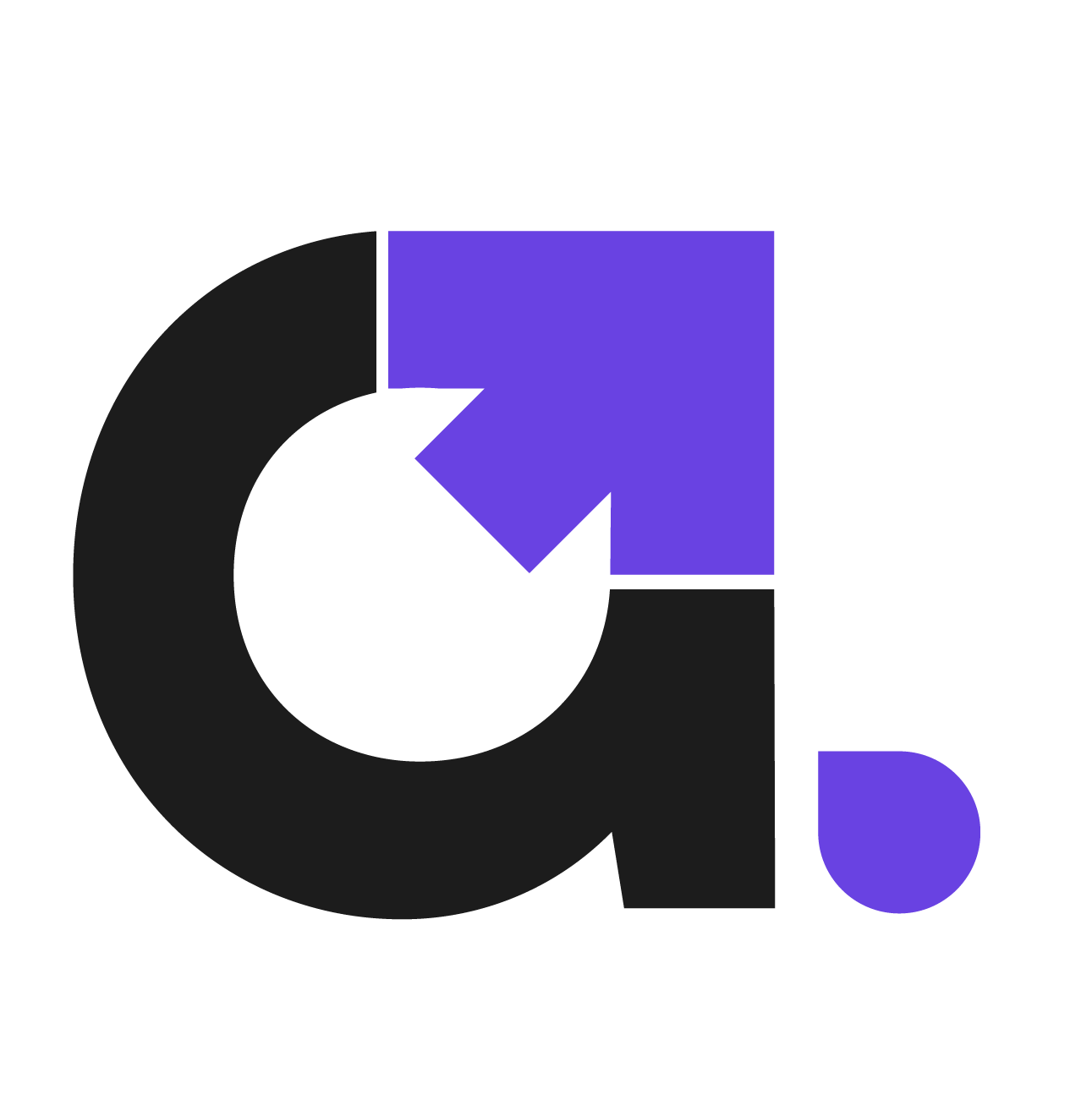Apps crashing, slow page loading, network timing out – we have all experienced this while using an app. It undoubtedly ruins the user experience, you leave with a bad impression and might not end up making the purchase at all. Similarly for companies and developers, getting more users on the app is a dream come true. However, the elation can go downhill real fast if the app is not equipped to handle the surge in users, requests and more. This is why scalability is an essential factor while developing a web app.
What Is Application Scalability?
Once you develop an app, you’d ideally want it to grow right? Scalability is just that. The potential of an app to grow and manage increasing users with time. The more users the app has, the more requests it will generate. More users and additional features lead to higher loads which can lead to inefficient operations and crashes.
Hence it is important to develop apps keeping scalability in mind to be able to manage more requests per minute (RPM). The appropriate hardware and software configurations during development help ensure that scalability does not become an issue in the later stages.
Why Is Scalability Important?
Application scalability has many benefits. Here are the three most important benefits of Application scalability:
1. Maintains User Experience:
From a user point of view, the app experience should always deliver consistency irrespective of the increase in traffic, features, functionality or anything else. During marketing campaigns, festivals or the holiday season, your app might garner high traffic and if it is not equipped to handle this surge it might crash, resulting in a poor user experience. Building scalable apps will avoid these operational issues and help maintain a seamless user experience.
2. Money-Saving:
Building and maintaining apps can turn out to be expensive. Scalability helps you avoid rewriting codes, saves money for handling more users and maintains user experience without emptying your pockets.
3. Facilitates Business Growth:
Scalability allows for increasing the performance of your app. This, coupled with consistent and comprehensive scalability testing helps in identifying issues in time, potentially saving you from bad reviews or loss in sales and brand loyalty.
Principles Of Scalable Web Apps
1. Reliability:
There is a lot of data to manage, edit, store and retrieve which may cause performance issues. Only the most current data should be returned upon request. Trouble with integration of third-party data storage technologies should also be avoided.
2. Design:
The design for the web application must be sustainable to provide support to the application as well as simple to minimize maintenance costs and efforts.
3. Availability:
The application should be available for the maximum time possible. Downtime and interruptions lead to a substandard user experience while also affecting brand reputation and sales.
4. Performance:
Data must be retrieved in real-time, without facing any lag even under heavy stress. It is important to deliver a seamless, high-speed experience to prevent app exits.
5. Testing:
It is important to completely test the code for avoiding bugs or glitches. Chances are that untested code might not be scalable and lead to unexpected issues.
Ways To Scale Web Apps
There are 2 ways by which web apps can be scaled – Vertical or Horizontal.
1. Vertical Scaling Or Scaling Up:
As the name suggests, vertical scaling refers to acquiring more power or capacity to an existing system. The capacity could be related to memory, processors etc. The server or logic is kept stable and untouched during the process. This type of scaling is restricted to the capacity of a single machine and can cause downtime if scaled beyond the capacity.
2. Horizontal Scaling Or Scaling Out:
Horizontal scaling pertains to scaling by adding more systems or machines. Sequential logics are run simultaneously across many machines by dividing it into smaller fragments. Since dependency is not on a single machine, horizontal scaling leads to efficient operations with minimal downtime.
While vertical scaling is easier and simple, horizontal scaling is cost-effective and offers a greater deal of flexibility. Load distribution across servers provides more reliability and prevents a single point of failure that has the potential to crash your entire app. In conclusion, horizontal scaling seems more safe and effective. There is a new hybrid or diagonal way of scaling as well which combines the principles of the above two ways. Be sure to weigh the detailed pros and cons of both before committing to either.
Tips To Develop Scalable Web Apps
1. Caching
It makes data processing over and over again redundant by storing results. It makes delivering results faster by just recollecting data. Caching must be implemented to reduce system load and improve app performance. However, caching must be done smartly. It is not recommended to completely cache all the data as it might lead to more costs. As RAM is pricey, careful selection between caching results that require complex calculations must be done.
2. Indexing:
There will be a massive number of database queries performed on your web apps. Just as an index in a notebook helps navigate to the desired page faster, indexing in this context enables finding information instantaneously instead of searching through thousands of rows for a query.
3. Load Balancing:
Adding load balancers helps in managing increased loads and reduces instances of downtime. It works by running checks to manage performance of the entire system and handles traffic with many algorithms. There are both hardware and software load balancers that can be leveraged based on your needs. Load balancing should be taken into account in the initial stages so that scaling happens smoothly.
4. Content Delivery Network:
Also known as CDN, this helps deliver content faster by serving replicas of static files stored in servers closer to your users. It is best used when the user base is spread across many geographical locations. CDN provides many options to send static content quickly by compressing files and leaves your web stack undisturbed.
5. Going Stateless:
Statelessness pertains to re-identifying users at the start of each session instead of storing session data on the servers which increases the server load and might cause unexpected complications. This makes modification of the pool of sessions throughout servers redundant and helps scale server implementation.
6. Queuing:
The app is used by thousands or millions of users at the same time, which means that a huge number of requests need to be handled simultaneously. Queuing requests helps reduce wait time for users while requests are being processed. Workers can be used to process requests and minimize work queues to avoid delays.
Scalability
Scalability is critical for the success of your web app, which in turn has a direct impact on your business revenue. While developing your app, keep in mind to look at the bigger picture and the possibilities that come along with it. The app will keep on evolving and growing in terms of users, functionality and features. Accounting for scalability will make room for growth, maintain consistent user experience and deliver better ROI.






